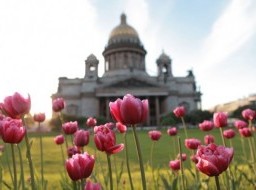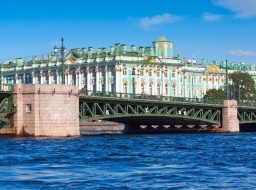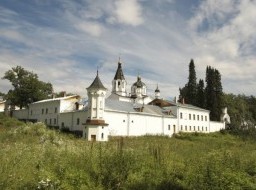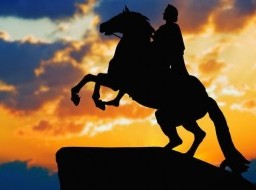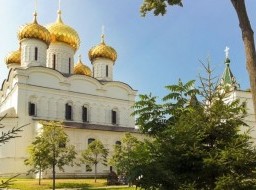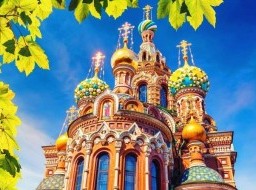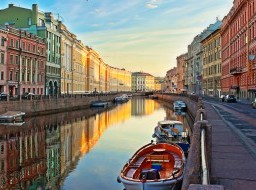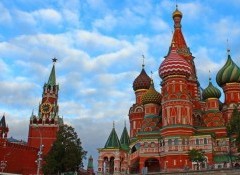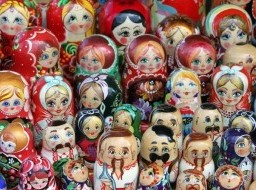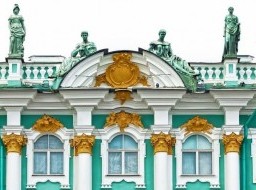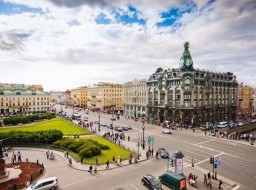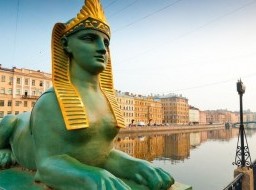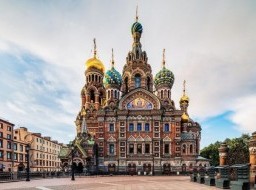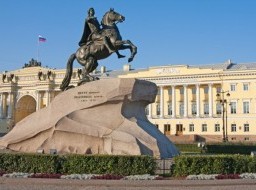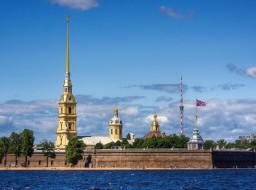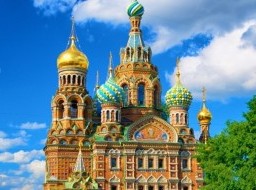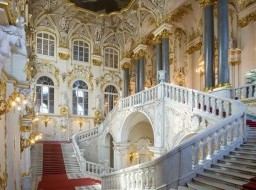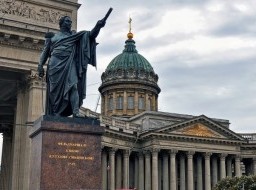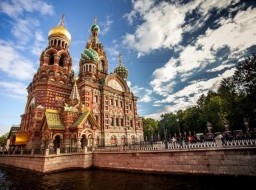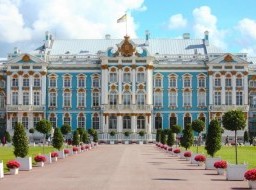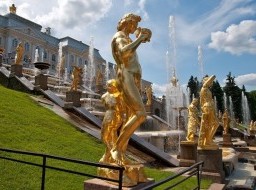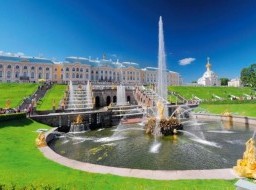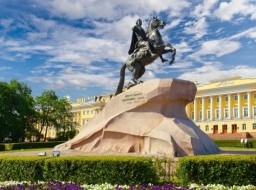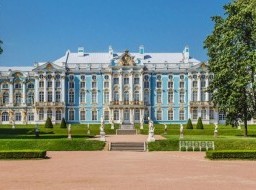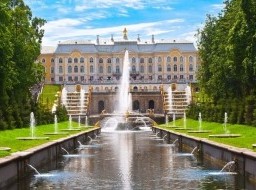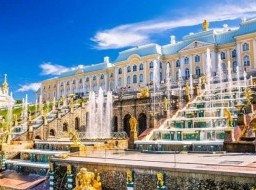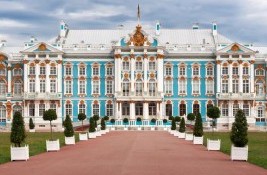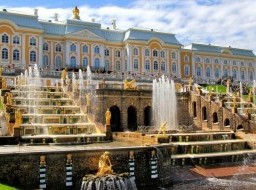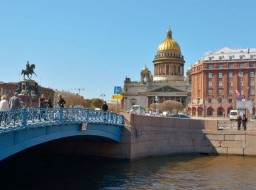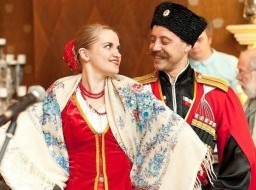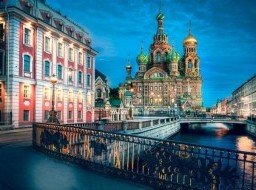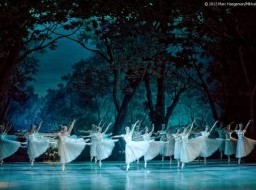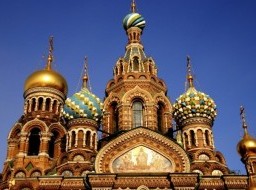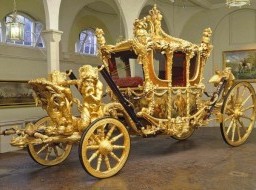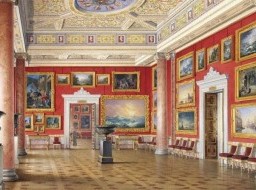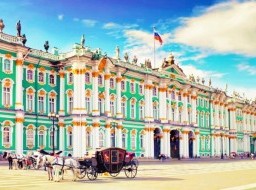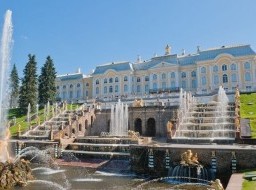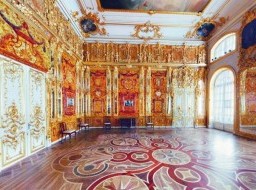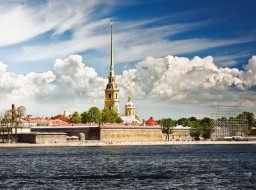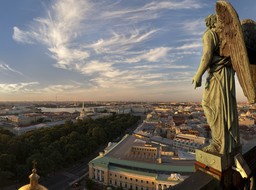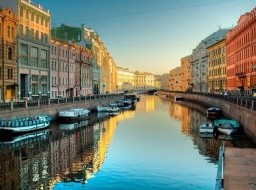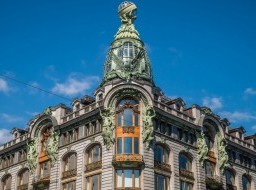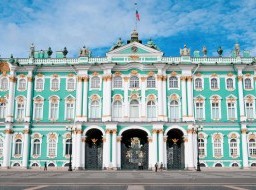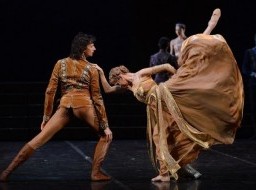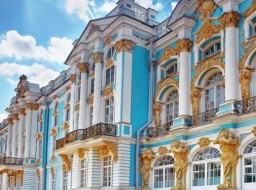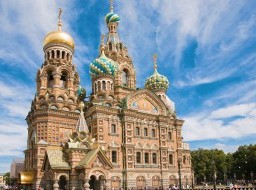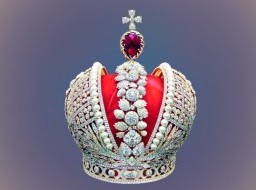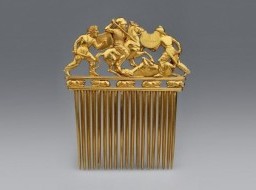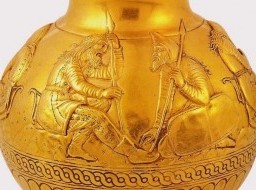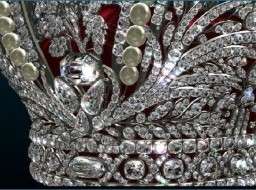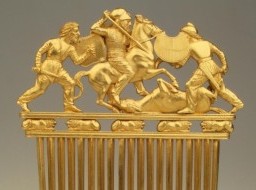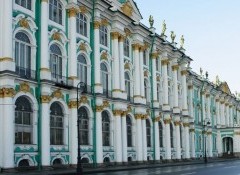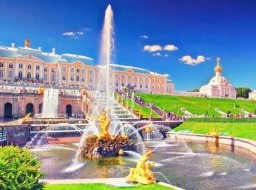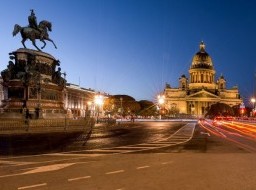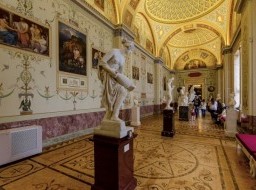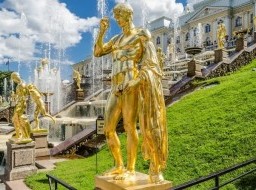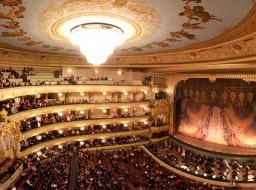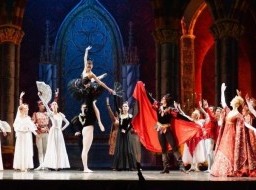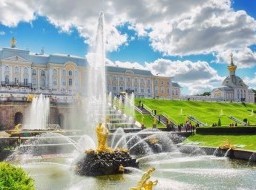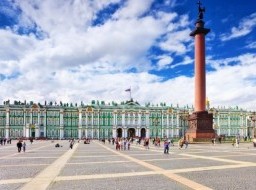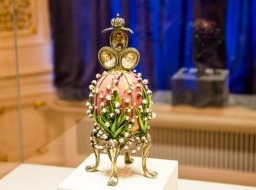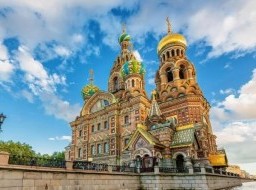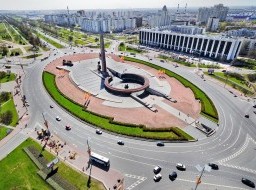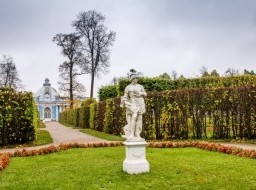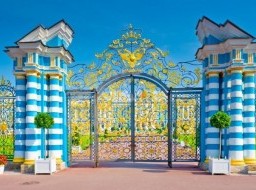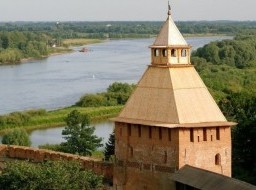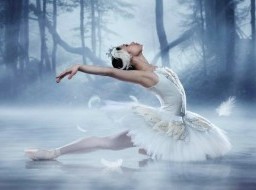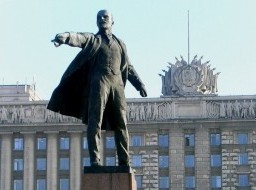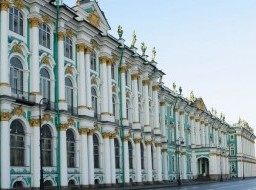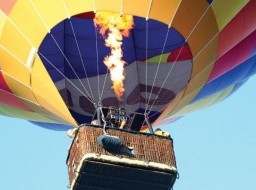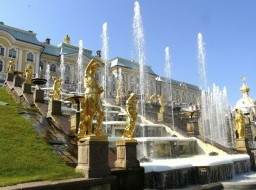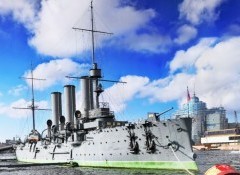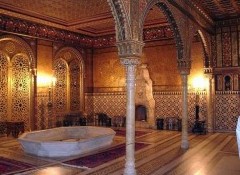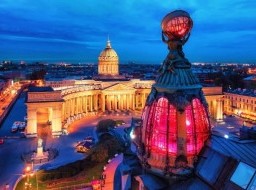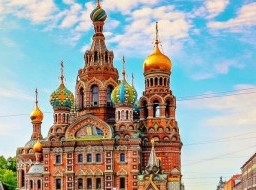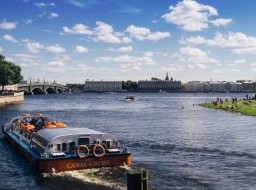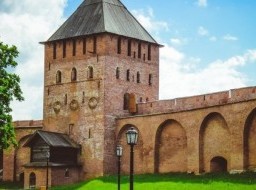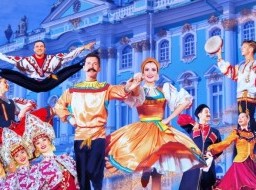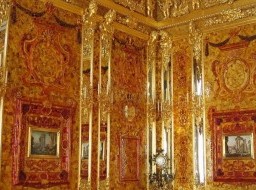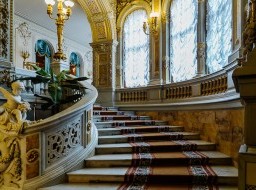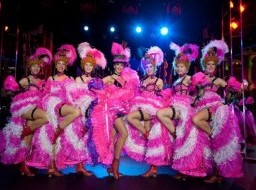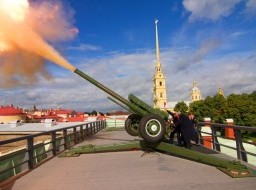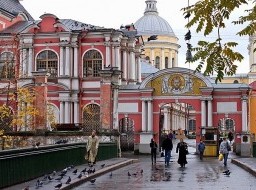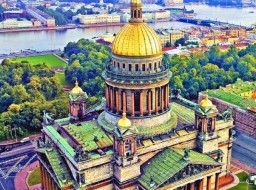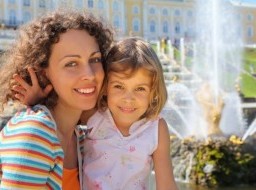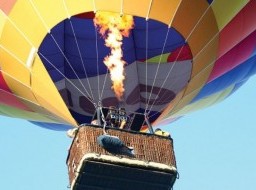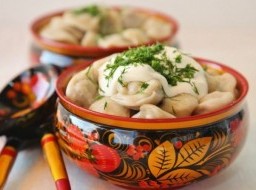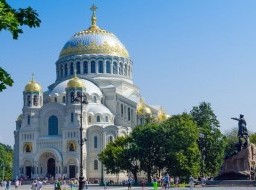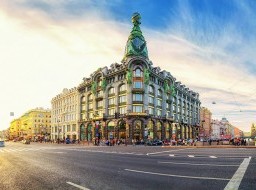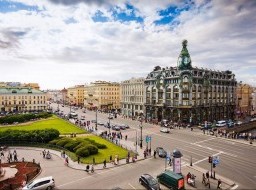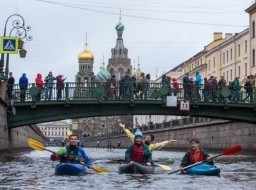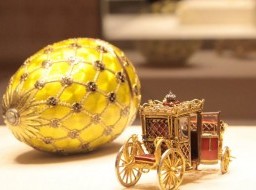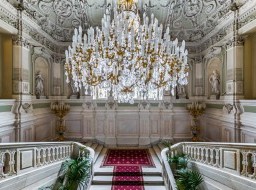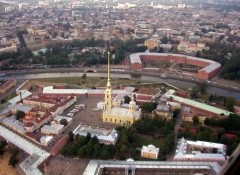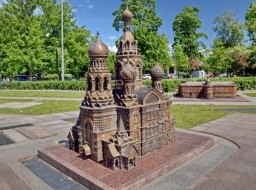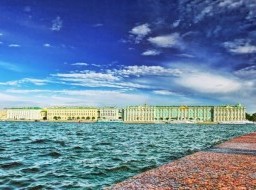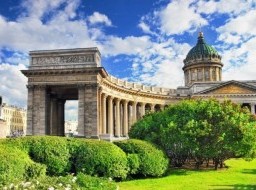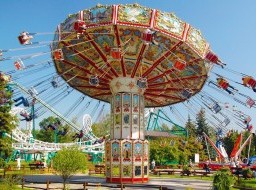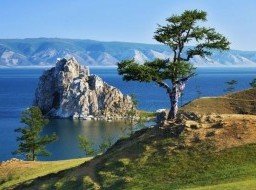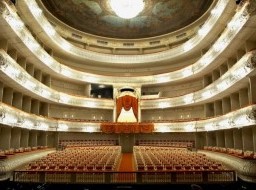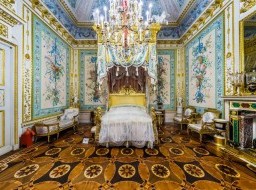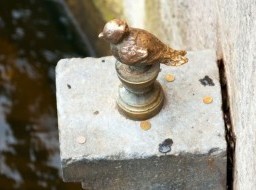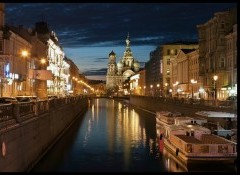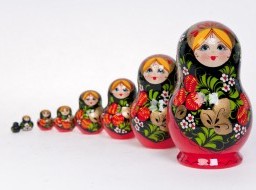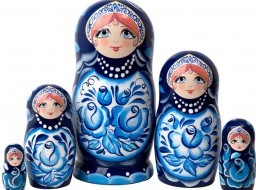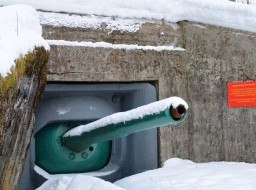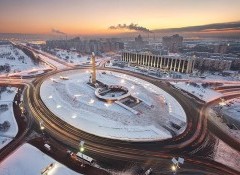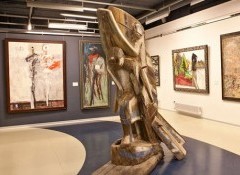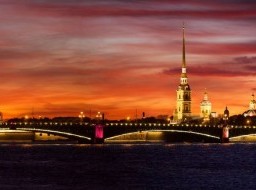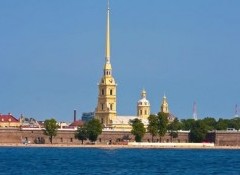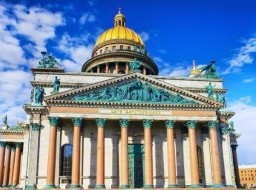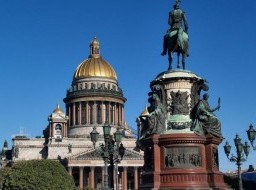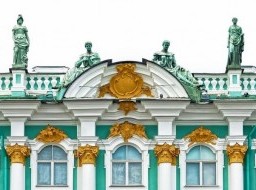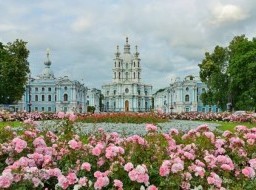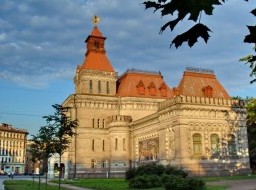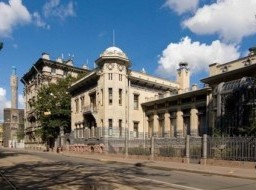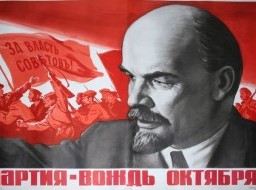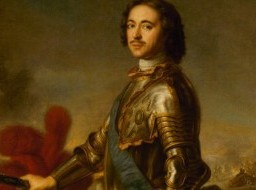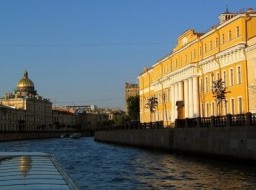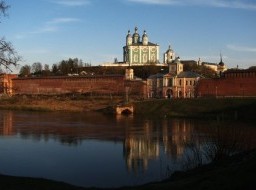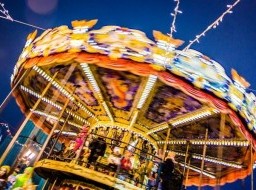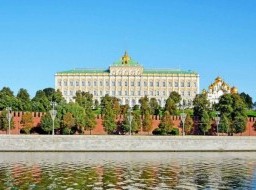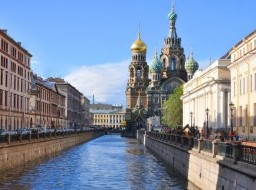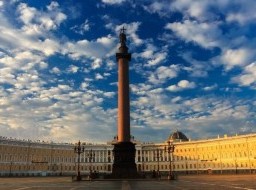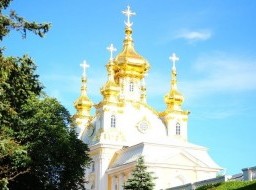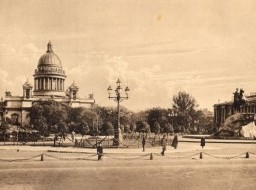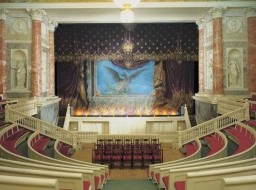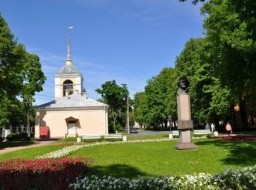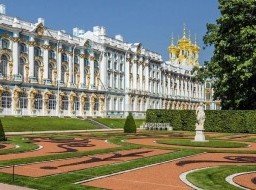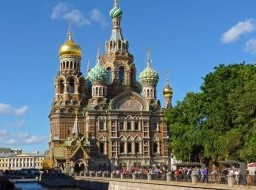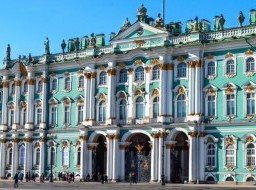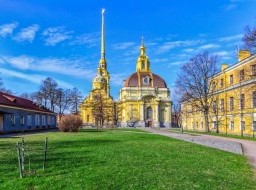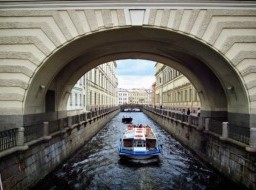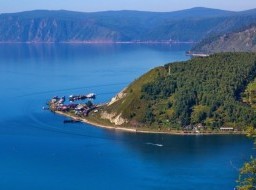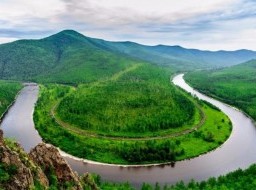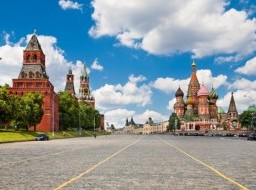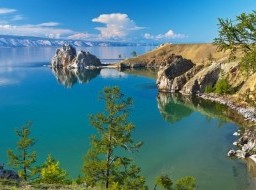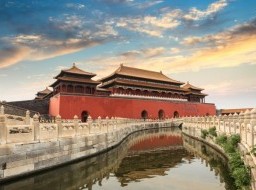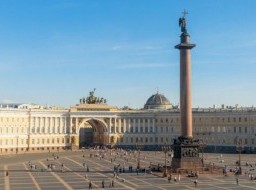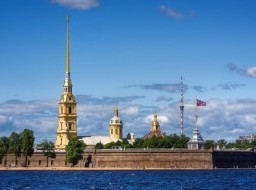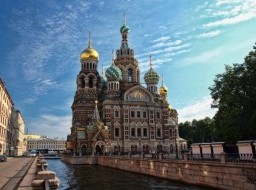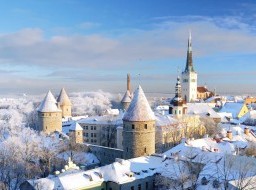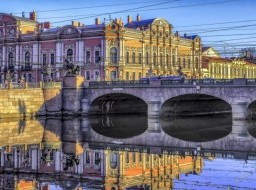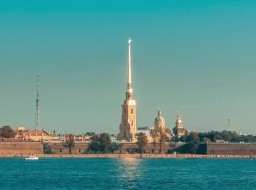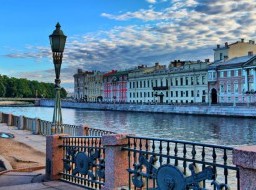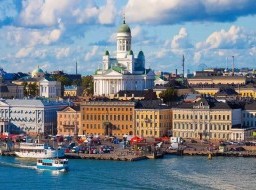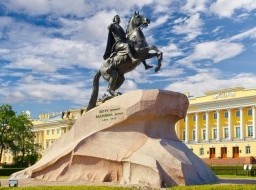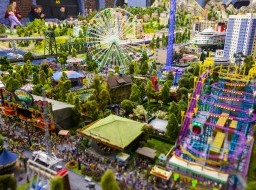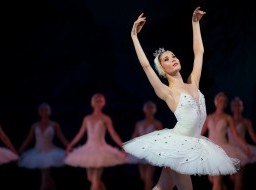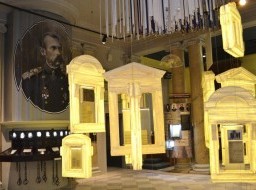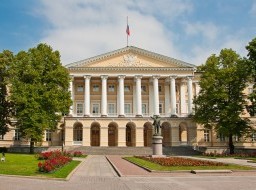Palace Square
Palace Square, one of the most famous squares in the world, serves as an excellent example of how different architectural styles can be combined in a most elaborate and aesthetically pleasing way. This amazing Square, connecting Nevsky Prospekt with Palace Bridge leading to Vasilievsky Island, is the central city square of St Petersburg and of the former Russian Empire. It was the setting of many events of worldwide significance. The architectural ensemble of the square was formed in XVIII-XIX centuries. Its territory is more than 2 times the territory of the main Square in Moscow. The square is surrounded by the Winter Palace, the General Staff, and the Guards Corps Headquarters. Next to the Winter Palace there is the Small Hermitage building, which is located not in the Palace square, but it is included in an architectural ensemble of the palace square.The earliest and most celebrated building on the square is the baroque white-and-azure Winter Palace of Russian tsars, which gave the square its name. Although the adjacent buildings are designed in the Neoclassical style, they perfectly match the palace in their scale, rhythm, and monumentality. The Winter Palace was constructed by a lot of architects, most notably Bartholomeo Rastrelli, in what came to be known as the Elizabethan Baroque style but it was completed already during the reign of Empress Catherine II. After the construction of the Winter Palace until 1905 it was forbidden to erect buildings higher than the Winter Palace in St. Petersburg. Interior decoration of the Winter Palace is in the French Rococo style and it amazes visitors with its pomp. The Winter Palace's construction was started in 1754 during the reign of Peter's daughter, Elizabeth, who wanted the residence to demonstrate Russia's growing might. It was completed in 1762. The palace has over 1,000 rooms, 117 staircases, about 2000 windows. The Winter Palace is now a part of the Hermitage Museum, which is the largest museum of this country. The opposite, southern side of the square was designed in the shape of an arc by George von Velten in the late 18th century. These plans were executed half a century later, when Alexander I of Russia envisaged the square as a vast monument to the Russian victory over Napoleon and commissioned Carlo Rossi to design the bow-shaped Empire-style Building of the General Staff (1819–29), which centers on a double triumphal arch crowned with a Roman quadriga. The centre of the square is marked with the Alexander Column, designed by Auguste de Montferrand. It is another memorial to the same victorious campaign and to Napoleon's defeat - the Alexander Column erected by Nicholas I in memory of his brother Alexander I. A huge pillar which is 47,5 meters (156 feet) high and weighs over 600 tons stands on the pedestal hewn out of a single piece of granite. It is set so well that no attachment to the base is needed. The base is decorated with bas-reliefs depicting the rivers that the Russian troops had to cross in pursuit of Napoleon and allegories of Wisdom, Plenty, Victory, Peace and Justice. In 1832 it took more than 2,000 soldiers and 400 workmen using an intricate system of ropes and pulleys, to erect the column on its high base, where it still stands without any additional support. An angel symbolizing peace established in Europe after the end of the war crowns the column. The eastern side of the square is occupied by Alessandro Brullo's building of the Guards Corps Headquarters. The western side, however, opens towards Admiralty Square, thus making the Palace Square a vital part of the grand suite of St Petersburg squares. The semicircular building of yellow color is the General Headquarters of the Russian Army (the General Staff) building, the prime example of St.Petersburg's Classical style. The 600 meter long semi-circle broken by a large archway was designed by Carlo Rossi and built between 1819 and 1829. The building formerly housed not only the military headquarters but also the Ministries of Foreign Affairs and Finance. The arch is surmounted by a bronze group of a victory chariot commemorating the victory of Russia in the war of 1812. An impressive 10-meter tall sculpture of the chariot of winged Glory drawn by six horses was created by Pimenov and Demut-Malinovsky. Lined by the imperious Winter Palace and the sweeping majesty of the General Staff building, this square is one of the world's most impressive inner-city expanses. Like Red Square in Moscow, this open area has been a witness to the turmoil in Russian history. In 1905, the square played host to Bloody Sunday, when confused palace guards opened fire on peaceful demonstrators. During the Revolution of October 1917, the alleged "storming" of the Winter Palace was launched from the square. |
|
